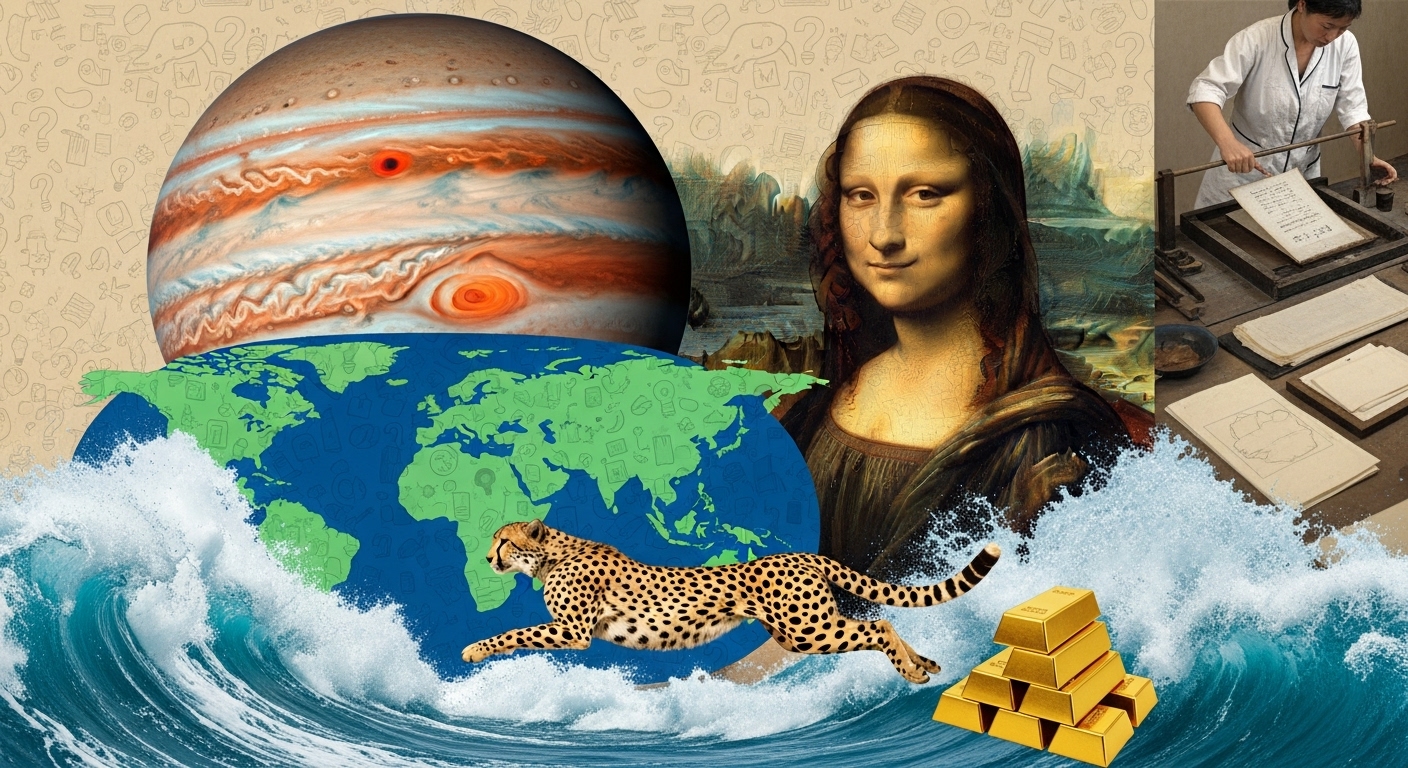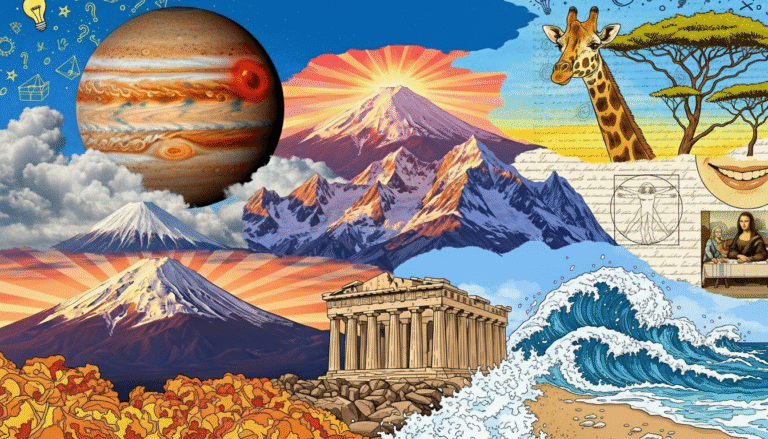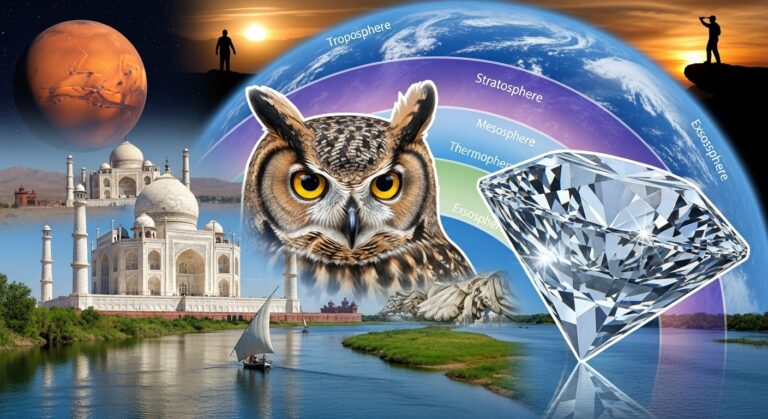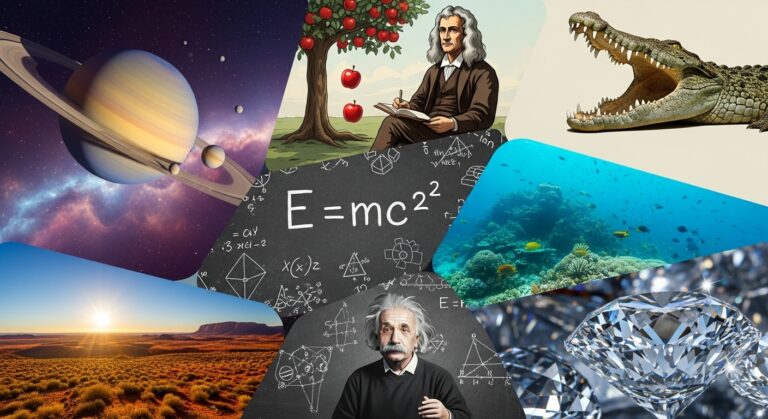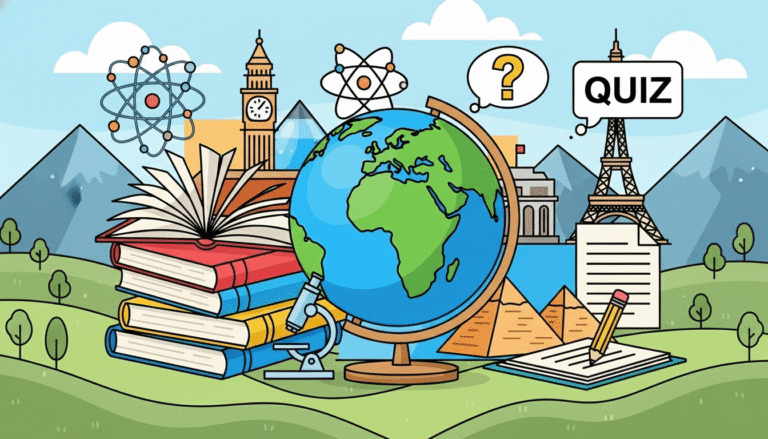General Knowledge Quiz: Test What You Really Know
In a world overflowing with information, general knowledge quizzes remain one of the simplest and most enjoyable ways to test what you know. Whether you’re preparing for a competitive exam, refreshing old school memories, or simply curious about the world, taking a knowledge-based quiz doesn’t just challenge your brain — it expands it. Facts about geography, history, space, science, culture, and nature help us make sense of everyday life.
General knowledge also has another powerful benefit: it sharpens your thinking. The more you expose your mind to diverse topics — from the moons of Jupiter to the capital of Canada — the better your brain becomes at making connections. This article explores key facts found in our General Knowledge Quiz, offering explanations, historical details, scientific background, and fascinating insights for every question.

Answer the quiz below to test your knowledge:
Space and Earth — Understanding the World Above Us
Which Planet Has the Most Moons?
The quiz begins with one of the most fascinating topics in astronomy: Jupiter and its moons.
Jupiter — The King of the Solar System
Jupiter doesn’t just earn its nickname because of its size. As of 2024, astronomers have identified over 90 confirmed moons orbiting the gas giant, and new ones are still being discovered thanks to powerful telescopes and improved detection methods.
The four largest moons — Io, Europa, Ganymede, and Callisto — were discovered by Galileo Galilei in 1610 and are known today as the Galilean moons. Ganymede, the largest moon in the entire solar system, is even bigger than the planet Mercury.
Why Does Jupiter Have So Many Moons?
Because Jupiter is incredibly massive — more than 300 times the mass of Earth — its gravity captures nearby asteroids, comets, and rocky fragments, transforming them into moons.
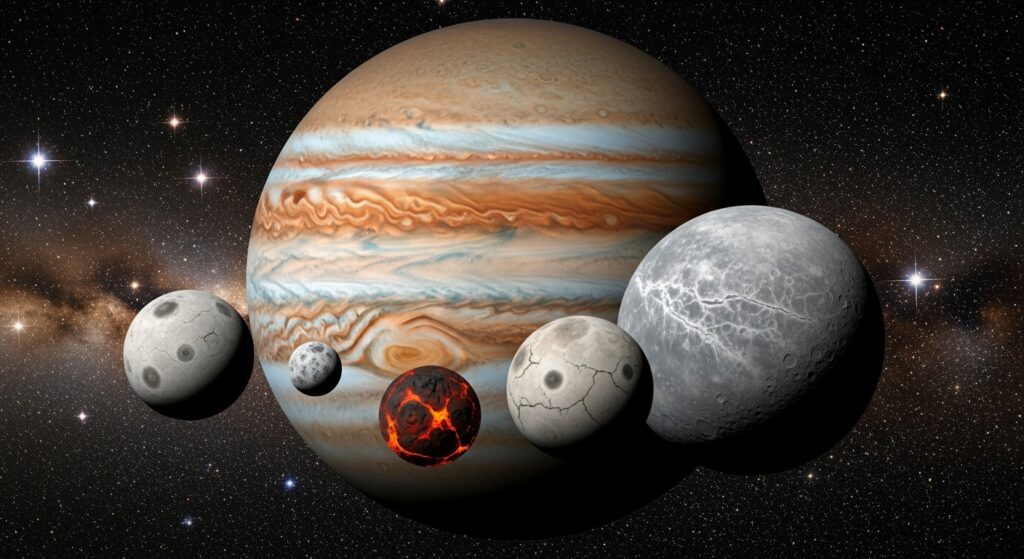
Oceans and Geography — Learning About the Planet We Live On
The Largest Ocean on Earth
The Pacific Ocean covers about 63 million square miles, making it the largest and deepest ocean on Earth.
What Makes the Pacific Ocean Unique?
- It contains the Mariana Trench, the deepest known point on Earth.
- It spans one-third of the planet’s surface.
- Many major climate systems — including El Niño — originate here.
- It touches more countries than any other ocean.
The ocean is also home to thousands of islands, cultural groups, underwater volcanoes, and unique marine wildlife.
History and Civilization — How Cultures Shaped the World
Who Invented Paper?
Paper was first invented in China during the Han Dynasty around 105 AD by Cai Lun. Before paper, people wrote on bamboo, silk, clay tablets, and even pieces of animal bone.
Why the Invention of Paper Changed Everything
Paper revolutionized record-keeping, communication, education, and religion. It eventually spread to the Arab world, then to Europe, and finally to the rest of the world.
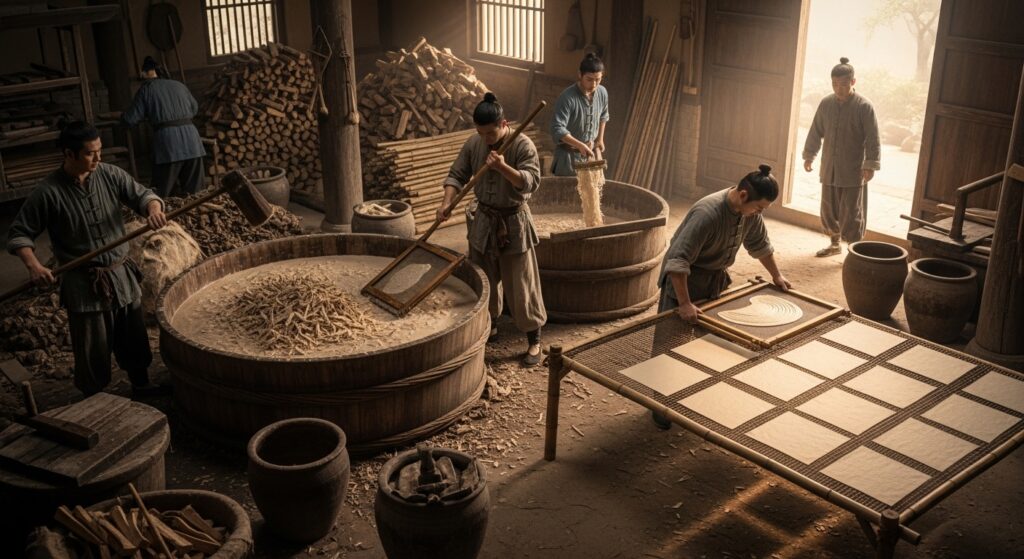
Fascinating Life Science — The Wonders of Living Creatures
How Many Hearts Does an Octopus Have?
An octopus has three hearts, which makes it one of the most remarkable creatures in the ocean.
Why Three Hearts?
- Two hearts pump blood to the gills.
- One heart pumps blood to the rest of the body.
Octopuses also have blue blood because they use copper-based hemocyanin instead of iron-based hemoglobin — a better system for cold, low-oxygen environments.

Countries and Capitals — Expanding Global Awareness
What Is the Capital of Canada?
Although many people assume it’s Toronto or Vancouver, the true capital of Canada is Ottawa.
Why Ottawa Was Chosen
In 1857, Queen Victoria selected Ottawa because:
- It sits safely between English and French-speaking regions.
- It was far from the USA border (more secure).
- It was smaller and more manageable for administrative planning.
Today, Ottawa is known for its government institutions, museums, and multicultural communities.
Environmental Science — Understanding Our Natural Systems
Which Gas Do Plants Absorb?
Plants absorb carbon dioxide during photosynthesis and release oxygen — one of the most important processes for life on Earth.
A Quick Breakdown of Photosynthesis
- Plants take in CO₂ from the air.
- They use sunlight and water to produce glucose (energy).
- Oxygen is released as a byproduct.
Without photosynthesis, animals and humans would quickly run out of breathable air.
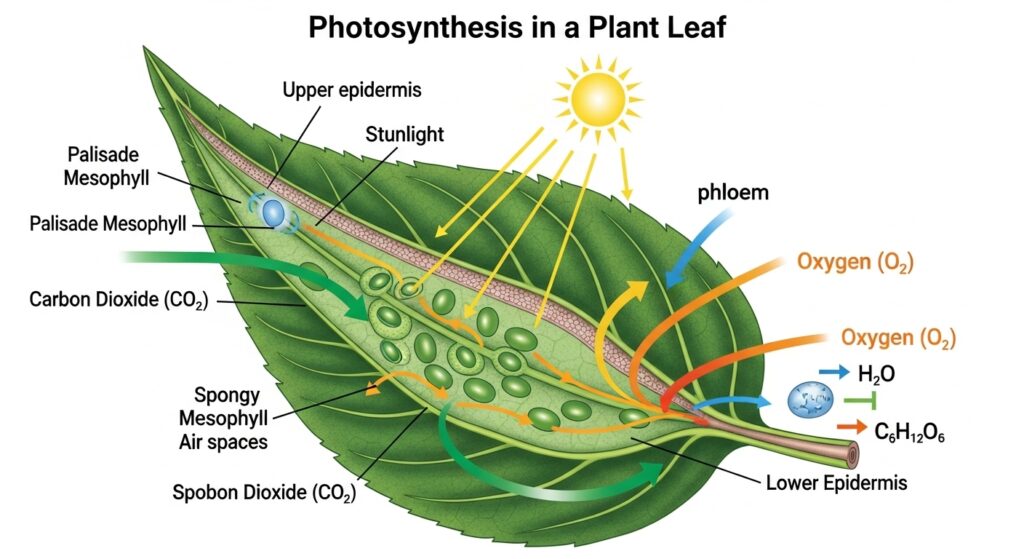
Art and Culture — The Creativity of Humankind
Who Painted the Mona Lisa?
The painter is Leonardo da Vinci, an Italian genius of the Renaissance.
What Makes the Mona Lisa So Famous?
- The mysterious smile
- The lifelike painting technique
- The revolutionary use of shadow and light (sfumato)
- The painting’s history, including thefts and damages
- Its display in the Louvre Museum in Paris
Leonardo’s artistic talent was matched by his work as a scientist, inventor, and architect.
Earth and Maps — Basic Global Knowledge
How Many Continents Are There?
Earth has seven continents: Africa, Asia, Europe, North America, South America, Australia, and Antarctica.
Interesting Facts About Continents
- Asia is the largest and most populated.
- Australia is the smallest recognized continent.
- Africa has the most countries (54).
- Antarctica has no permanent residents.
Animals and Biology — The Fastest Creatures
What Is the Fastest Land Animal?
The answer is the cheetah, capable of reaching speeds up to 110 km/h (68 mph).
Why Are Cheetahs So Fast?
- Lightweight body
- Large nasal passages for oxygen
- Flexible spine for long strides
- High-tension muscles for explosive acceleration
A cheetah can go from 0 to 100 km/h faster than a sports car.
Chemistry — The Language of Elements
What Is the Chemical Symbol for Gold?
Gold’s symbol is Au, derived from the Latin name Aurum.
Uses and Importance of Gold
- Jewelry
- Electronics
- Medicine (dentistry, implants)
- Space technology (heat-resistant coatings)
Gold is one of the least reactive elements on Earth — it doesn’t rust or tarnish.

Conclusion: The Power of Staying Curious
General knowledge is more than memorizing facts — it’s a lifelong habit of curiosity. Whether you’re learning about oceans, planets, ancient inventions, or animal biology, every new piece of information helps you think more deeply about the world. Take the quiz, review your answers, and keep exploring. Knowledge grows the more you feed it.

